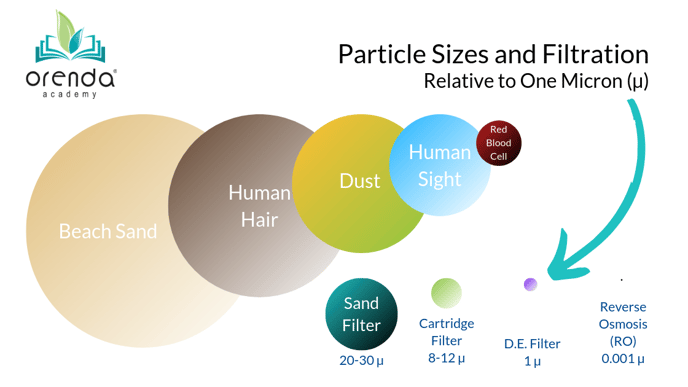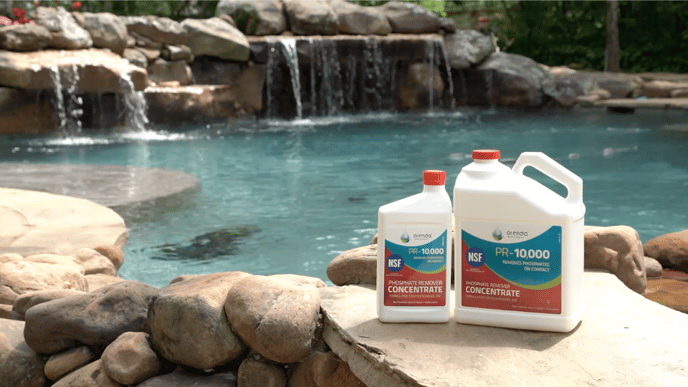Do I have to backwash or clean my filter after using PR-10,000?
Phosphate removal creates a fine dust that will be captured in your filter, or fall to the floor for vacuuming. Either way, the dust needs to be removed.
Yes, if you circulated water after using PR-10,000, you will usually have to backwash or clean the filter. It depends on how cloudy the pool was, and how much phosphate precipitate was created. If PR-10,000 barely reacted, or you used a very small amount of it, you're probably fine. It all depends on your filter pressure.
Related: How to use PR-10,000 Phosphate Remover
If you do not want to clean your filter after a PR-10,000 dose, consider shutting off circulation and letting PR-10,000 dust fall to the floor, so you can vacuum it to waste the next day. It's a bit more work, but it's actually the preferred method if you need to do a heavy treatment. No filter cleaning is required at that point.
Monitor filter pressure
As mentioned above, it really just comes down to filter pressure. The pressure will tell you if you need to clean your filter or not. Small doses of PR may not justify a filter cleaning or backwash every time. Some service professionals add small doses of PR-10,000 in spray bottles each week, so they do not overwhelm their filters. The choice is up to you.

PR-10,000 clouding up the pool with white dust that must be cleaned out of the system
Shutting off the pump will let gravity do the work for you. This will put the dust on the floor of the pool, allowing you to vacuum to waste the next day (or whenever it settles). To accelerate the dropout of dust to the floor, it's best to have enzymes in the water to remove oils and organics.

Vacuuming after an overnight PR-10,000 treatment with the pump off.
What type of filter do you have?
In residential pools, there are three primary types of filters: sand, cartridge, and DE.

Sand filters can be backwashed, which should be sufficient for removing PR-10,000 dust after it is captured in the filter.
Cartridge filters cannot be backwashed, but they can be cleaned by removing them and hosing them off. For grease and grime, consider using enzymes to either soak the cartridges and release the oils/organics, or spray the enzymes on for a few minutes before hosing the cartridges off.
D.E. filters have the finest screening ability and therefore have the most urgency to clean after using PR-10,000 heavily. The added pressure from the PR-10,000 dust builds pressure rapidly. In many cases, we advise people to treat once or twice a year, and time the PR-10,000 treatment to be a day or two before a scheduled filter cleaning and media replacement.
